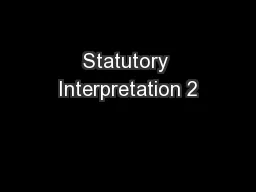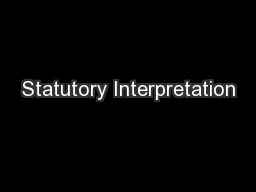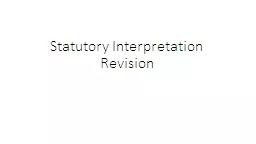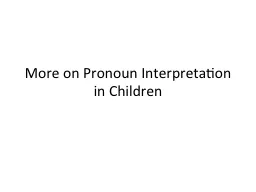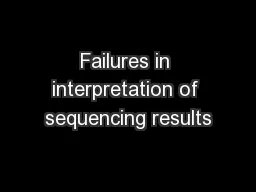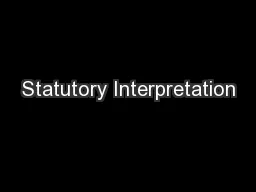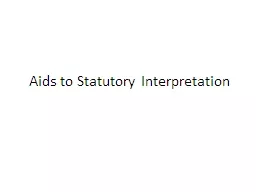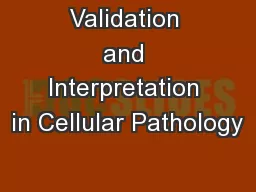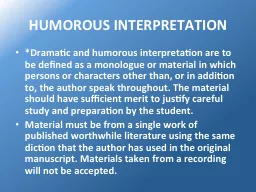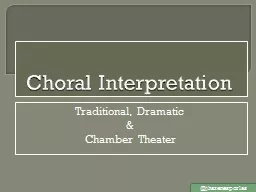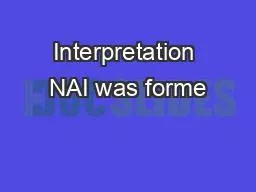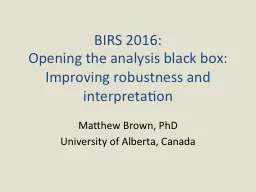PPT-Statutory Interpretation 2
Author : ellena-manuel | Published Date : 2019-01-23
The true meaning of a legal text almost always depends on a background of concepts principles practices facts rights and duties which the authors of the text took
Presentation Embed Code
Download Presentation
Download Presentation The PPT/PDF document "Statutory Interpretation 2" is the property of its rightful owner. Permission is granted to download and print the materials on this website for personal, non-commercial use only, and to display it on your personal computer provided you do not modify the materials and that you retain all copyright notices contained in the materials. By downloading content from our website, you accept the terms of this agreement.
Statutory Interpretation 2: Transcript
Download Rules Of Document
"Statutory Interpretation 2"The content belongs to its owner. You may download and print it for personal use, without modification, and keep all copyright notices. By downloading, you agree to these terms.
Related Documents

